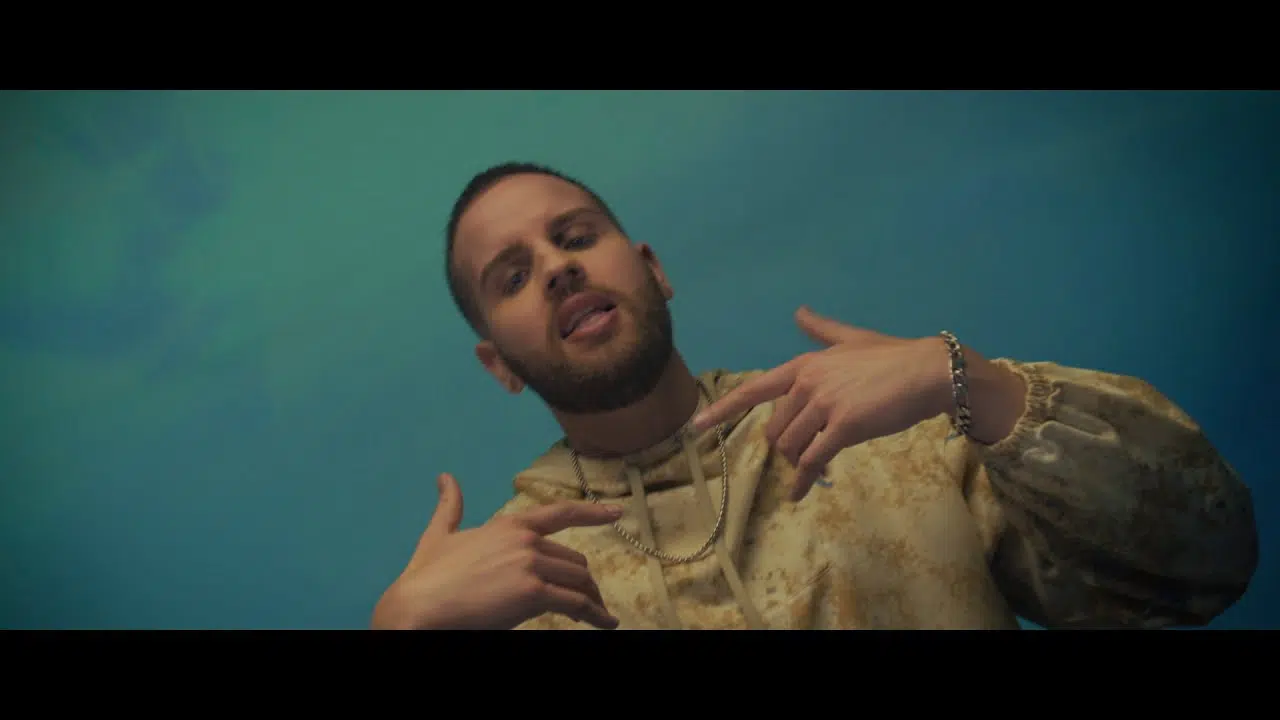Uncovering the Unsung Heroes of Underground Hip Hop
Back in the day, while the South Bronx was grappling with tough times in the early 1970s, DJ Kool Herc began brewing a musical revolution. Imagine a community in turmoil, but proper within the midst of it all, DJ Kool Herc turned quietly, placing the level for something unique. His legendary events inside the Bronx were floor 0 for a movement that defied the norms and shook things up.

Herc’s secret weapon? Turntables and a few magical mixes. He did things with the ones beats that no person had ever performed earlier. He birthed what we now recognize as “breakbeats” and the artwork of “sampling.” It became more than track; it became an insurrection against the status quo. It becomes about actual art and pushing boundaries.
But DJ Kool Herc was someone other than me in this adventure. He was simply the beginning. Grandmaster Flash and Afrika Bambaataa joined in, bringing their particular contributions to the combination. If Herc had become the pioneer, these guys would have been the master architects.

Grandmaster Flash changed into a wizard with turntables, and his capabilities gave start to techniques like “backspinning” and “punch phrasing.” He was all about pushing the boundaries of what you can do with vinyl facts. It was like watching a magician at paintings.

Afrika Bambaataa, also known as “the Godfather,” delivered a new measurement to the scene. He did not just contribute musically; he gave the motion its call. He coined the period “hip hop” to explain the emerging lifestyle. But it wasn’t just about the ring; it became about what hip-hop stood for peace, solidarity, and self-expression.
The Power of Lyrics: KRS-One and Aesop Rock
Underground hip-hop is more than beats and songs. It’s a platform for wordsmiths to weave their magic. While The Sugarhill Gang’s “Rapper’s Delight” was making waves, the actual coronary heart of the style became within the lyrics of KRS-One and Aesop Rock.
KRS-One was a torchbearer in the ’80s and ’90s. He used his lyrics to address the big problems of society and politics. His socially conscious fashion set the stage for a new wave of underground hip-hop. It became all about telling real memories and empowering communities.
Fast forward to the twenty-first century, and Aesop Rock stepped into the highlight. His complex lyrics challenged the norms and opened doors for artists who desired to play with phrases and inform concept-scary tales.
Underground Hip Hop: A Global Force for Change
So, the journey through underground hip-hop isn’t just about music. It’s a cultural and political movement that empowers artists to question the norm. While The Sugarhill Gang may get the spotlight, the real pioneers are the visionaries like DJ Kool Herc, Grandmaster Flash, Afrika Bambaataa, KRS-One, and Aesop Rock.
Their legacy is like a spark that ignites new generations of artists. It’s about using art as a force for change and artistic freedom. Underground hip-hop isn’t just about the past; it’s a living, breathing movement that keeps pushing boundaries, challenging authority, and giving voice to those who’ve been pushed aside. The history of underground hip-hop is a story of innovation and resistance that echoes through time.


